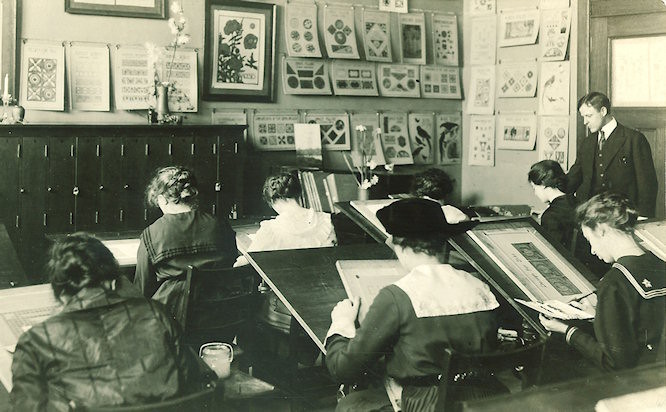Interaction design education

The future of interaction design is in our hands. Can we create relevant training and education programs to move our industry forward?
Interaction Design Education Summit
Jared Spool barely needs an introduction. Last year, together with Leslie Jensen-Inman – he started the Unicorn Institute, a “research project rethinking user experience design education.”
This is how they describe their efforts:
“There is an increasing need for UX professionals. However, universities and colleges are not producing the types of graduates that industry can easily hire. The paradox is that there’s a gap in what’s currently taught in higher education and the practical needs of industry.
We can create the next generation of UX professionals, also known as Unicorns, by connecting industry, education, and community. The journey to “somewhere over the rainbow” starts here and starts now. The future of our discipline depends on it.”
The school will have a two-year program centered around a project-based learning experience. Jared says in The Digital Life that they have divided the curriculum into eight categories: interaction design, information architecture, visual design, copywriting, user research, information design, design process management, and “curation and editing.”
With all this as a background, Jared will keynote the Interaction Design Education Summit at Interaction14 – a full day event that will be coached by Gillian Crampton Smith, Daniel Rosenberg and Fred Beecher.
Apprenticeship in the real world
Fred Beecher runs an innovative UX design apprenticeship program at The Nerdery, the interactive production company. In February 2013 he set out his vision in a blog post:
“For us, mentorship looks like this:
- Apprentices work with a principal mentor who is responsible for their overall skill development & growth
- The principal mentor works with sales & management to identify the UX design methods being used on current & incoming work
- The principal mentor assigns apprentices to projects, which require methods that an apprentice needs to learn
- The project’s lead UX designer mentors the apprentice for those methods
- Designers can expect to mentor apprentices a few times per year for a short amount of time”
Now one year later, Fred wants to share his insights at a Saturday morning session at Interaction14. The goal of his presentation, entitled “Making More UX Designers: UX Apprenticeship in the Real World,” is to make it easier for UX teams in other organizations to implement their own apprenticeship programs. This will ultimately make it easier for interested, talented, and passionate people to become UX designers.
